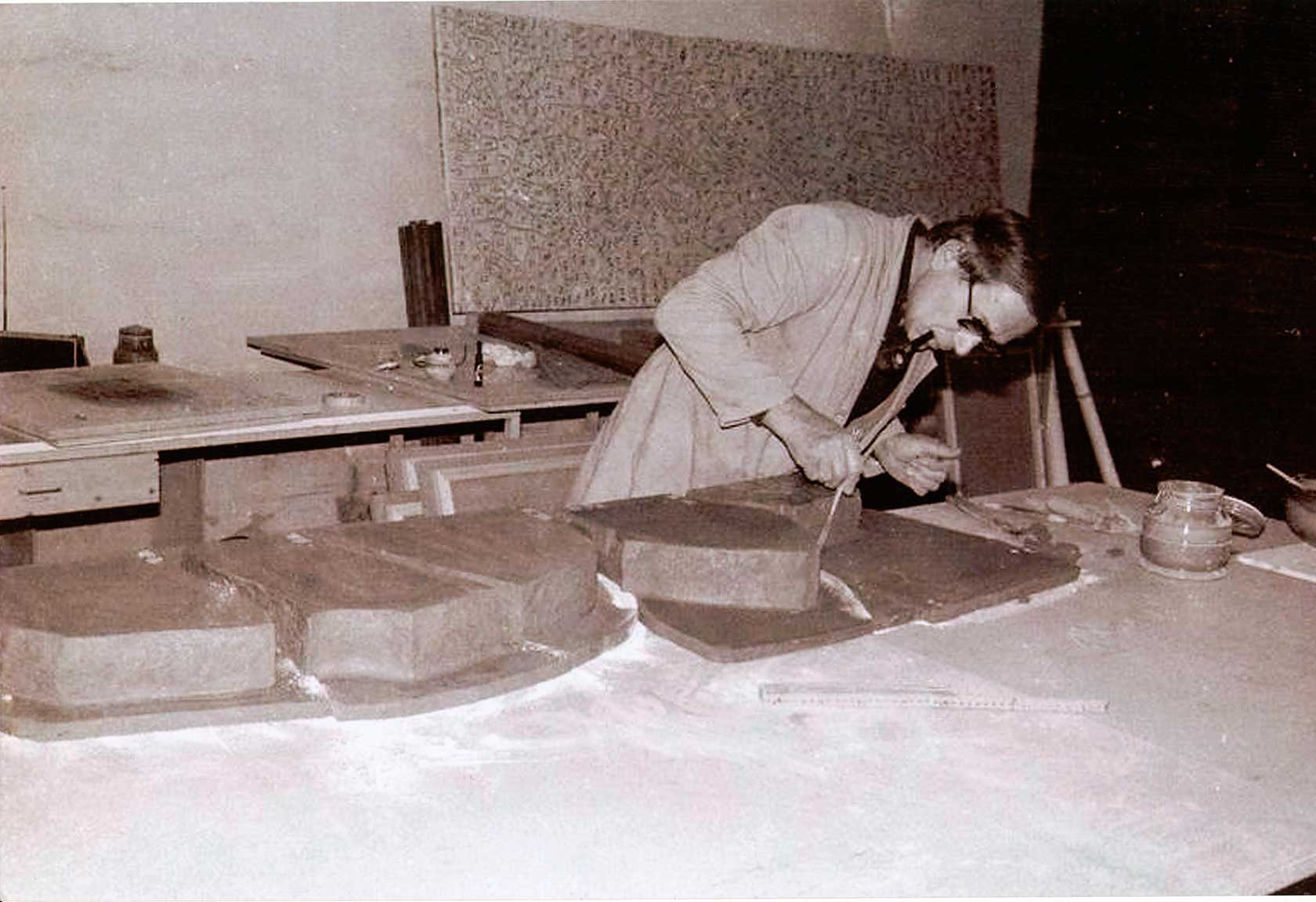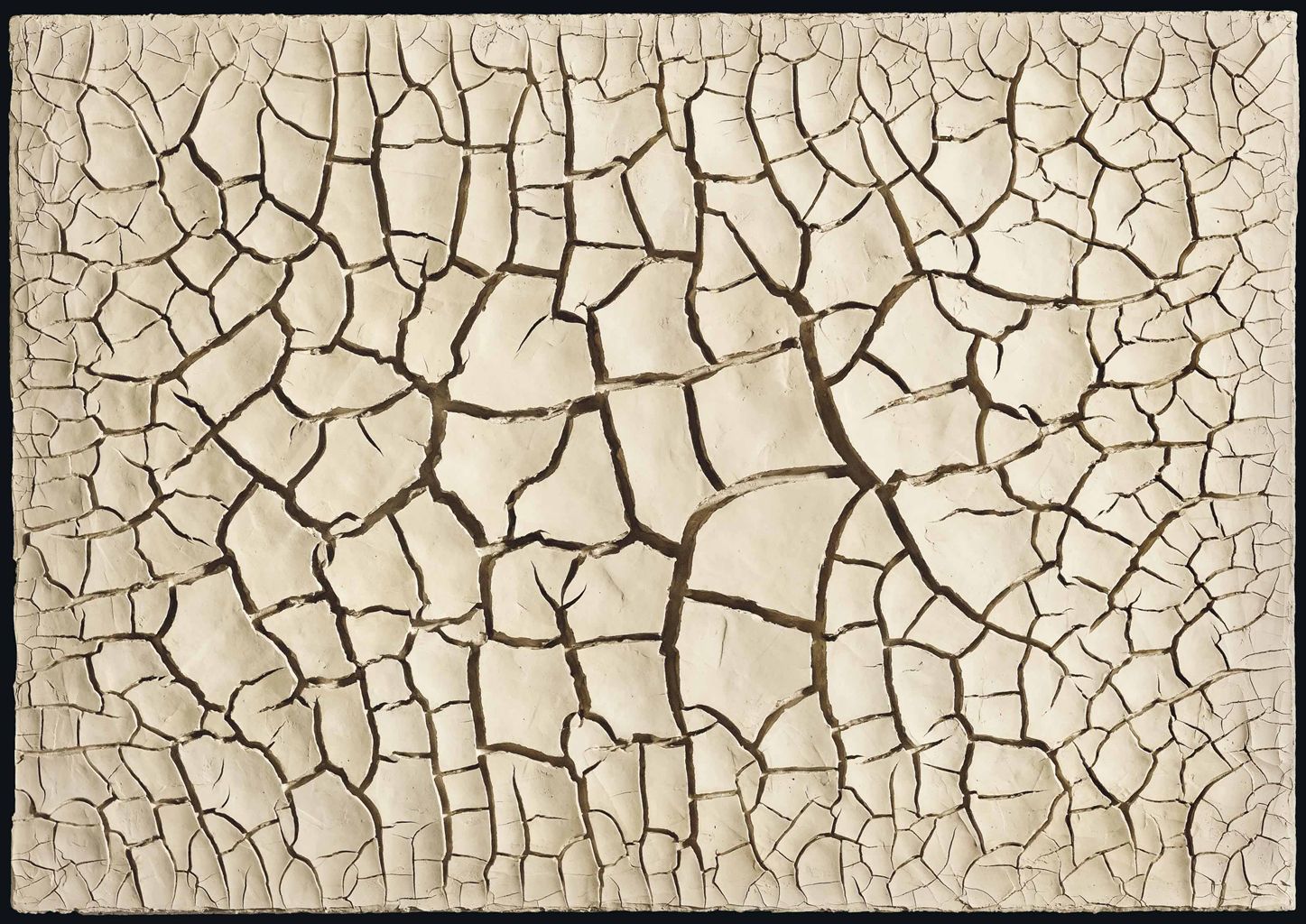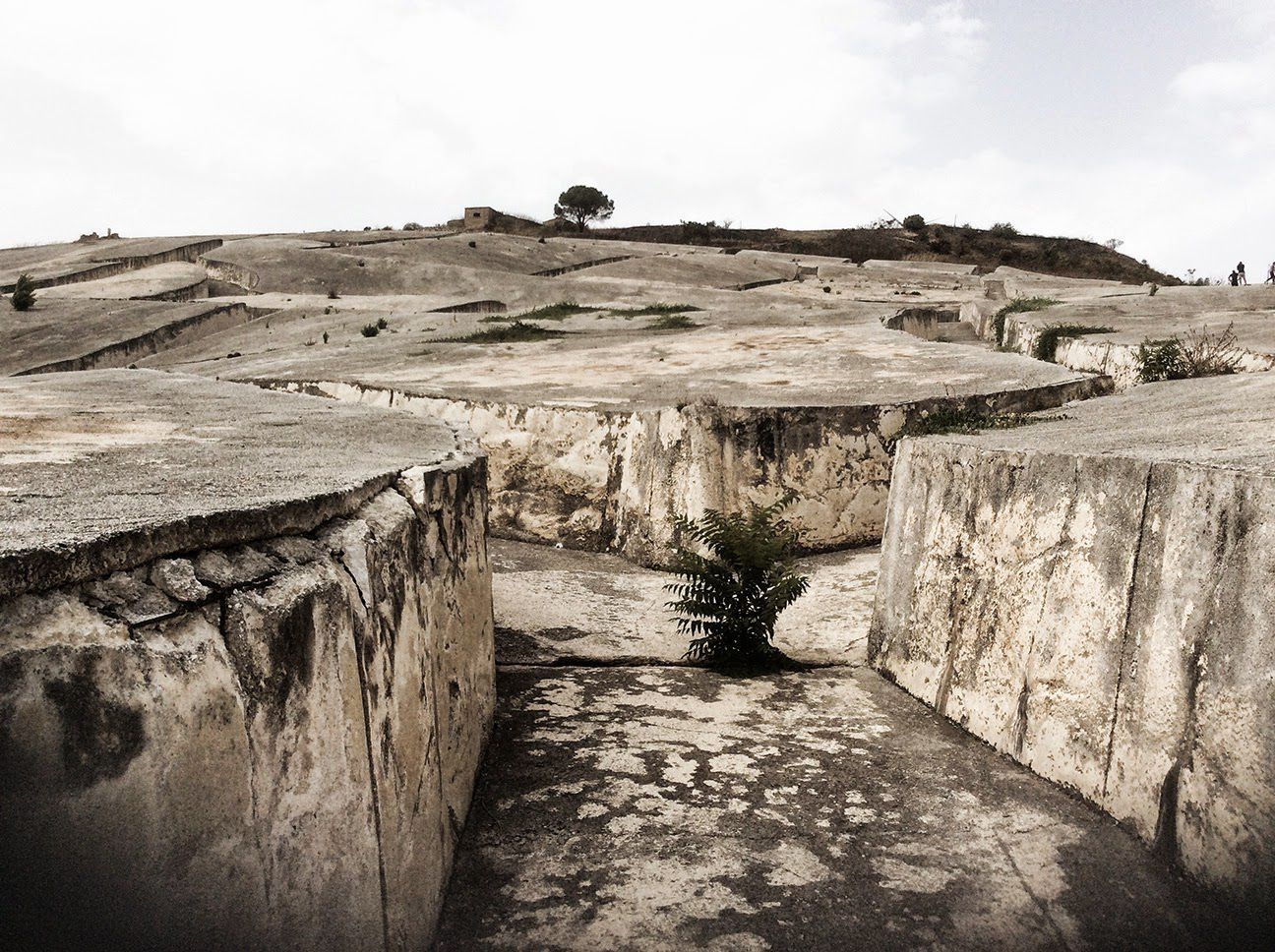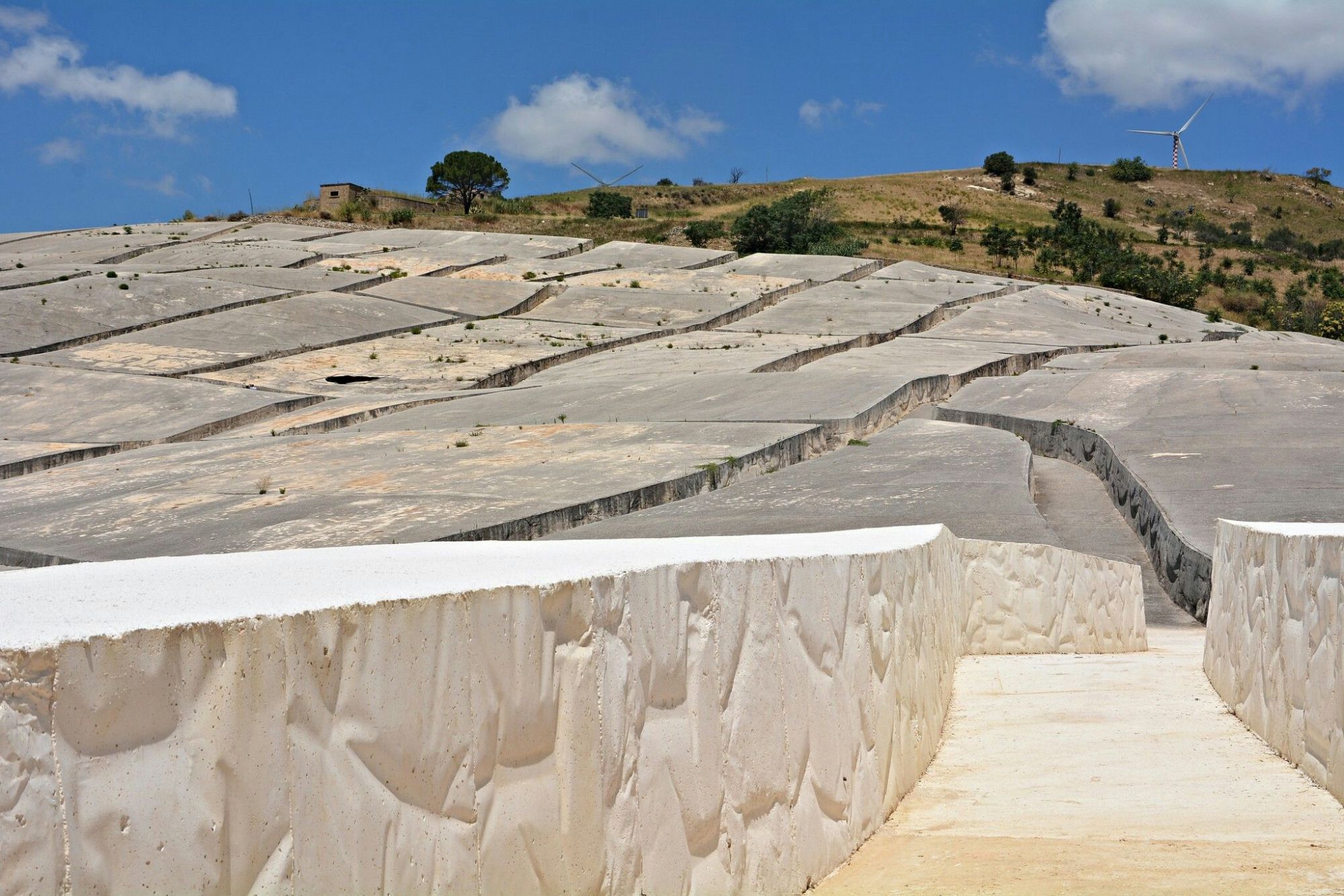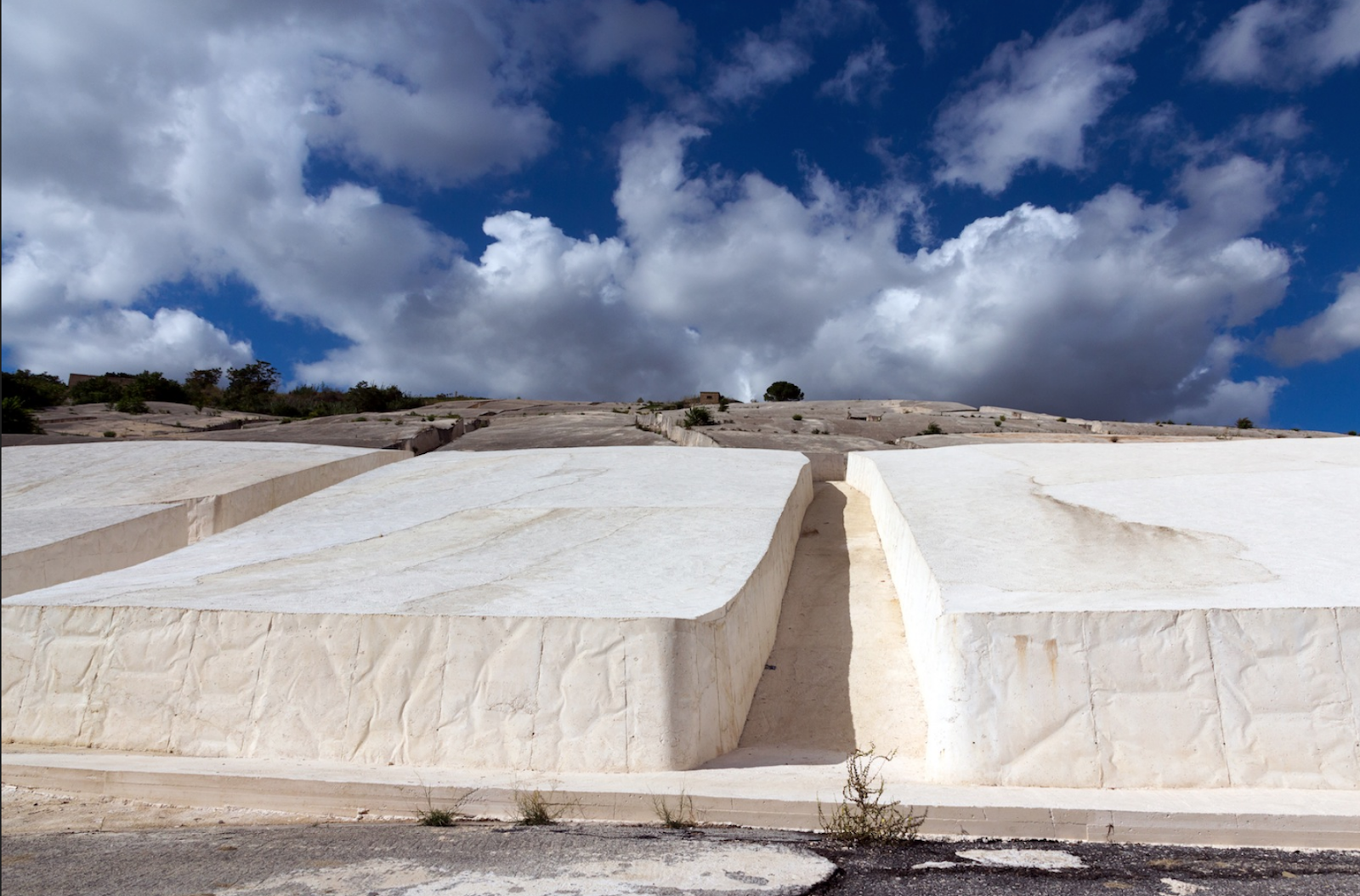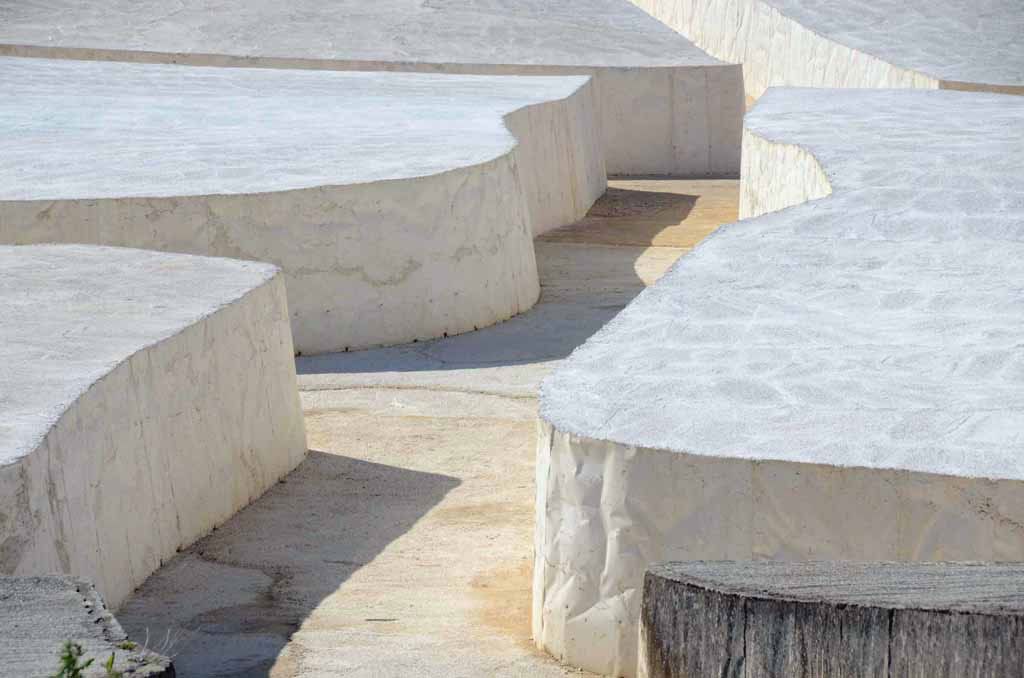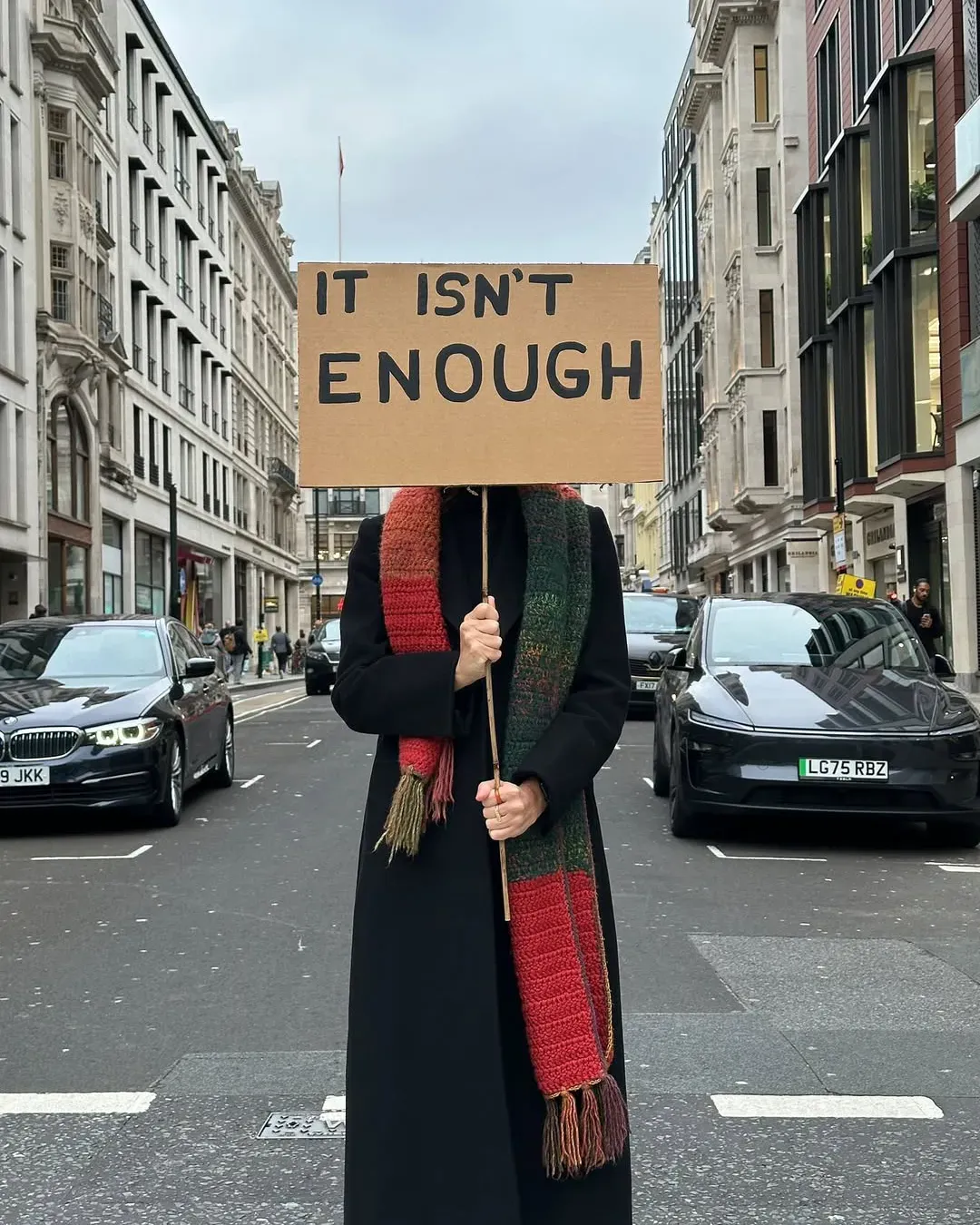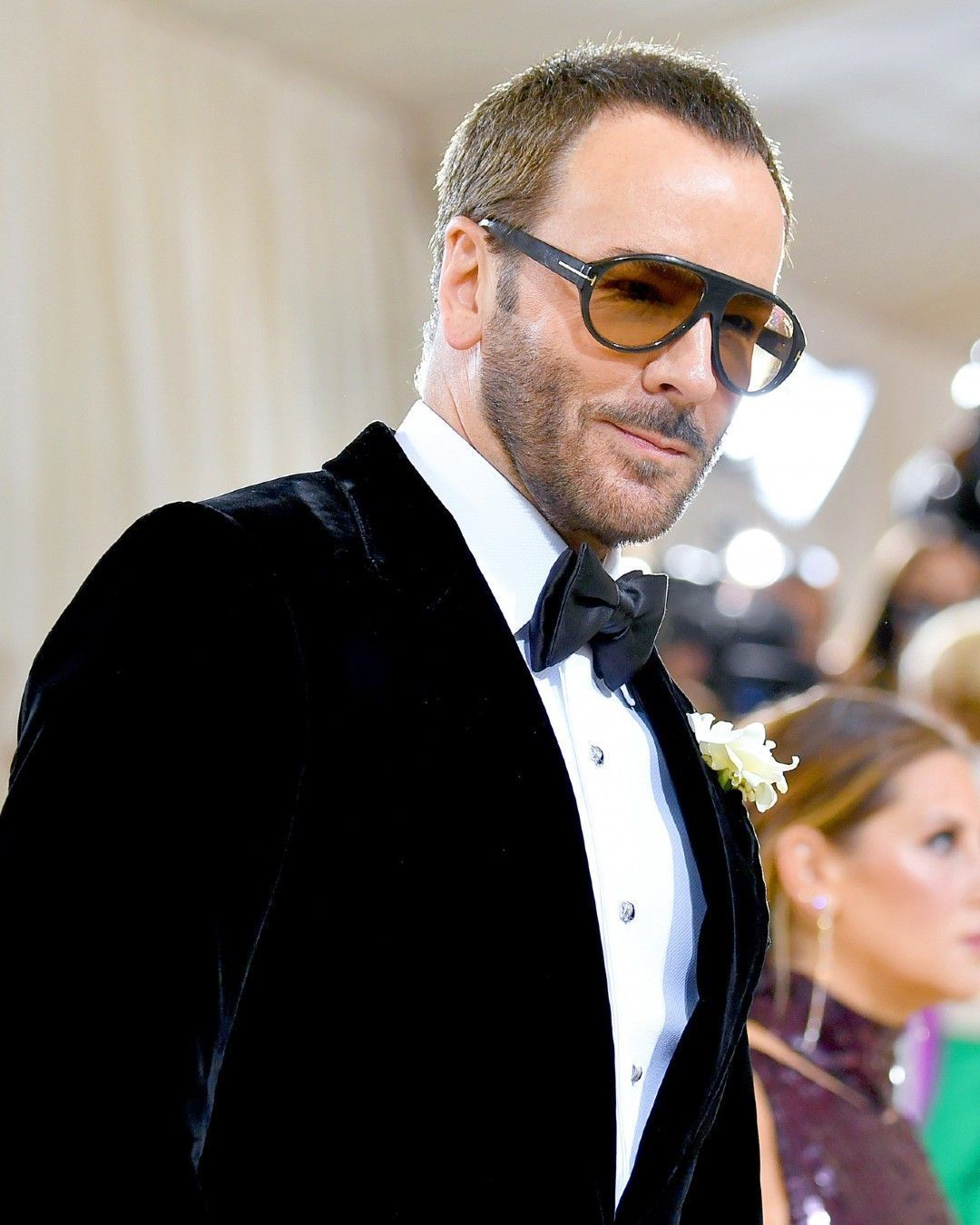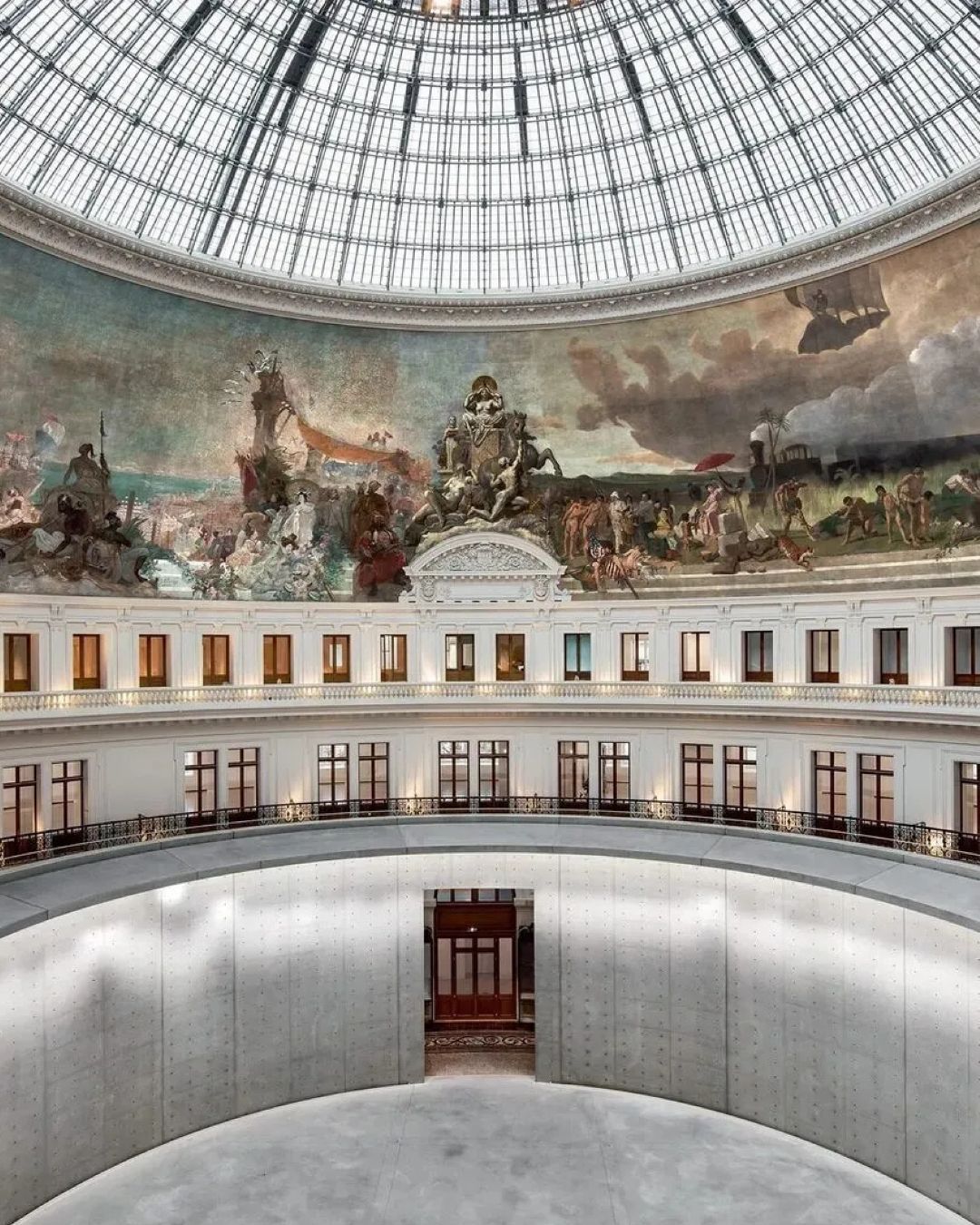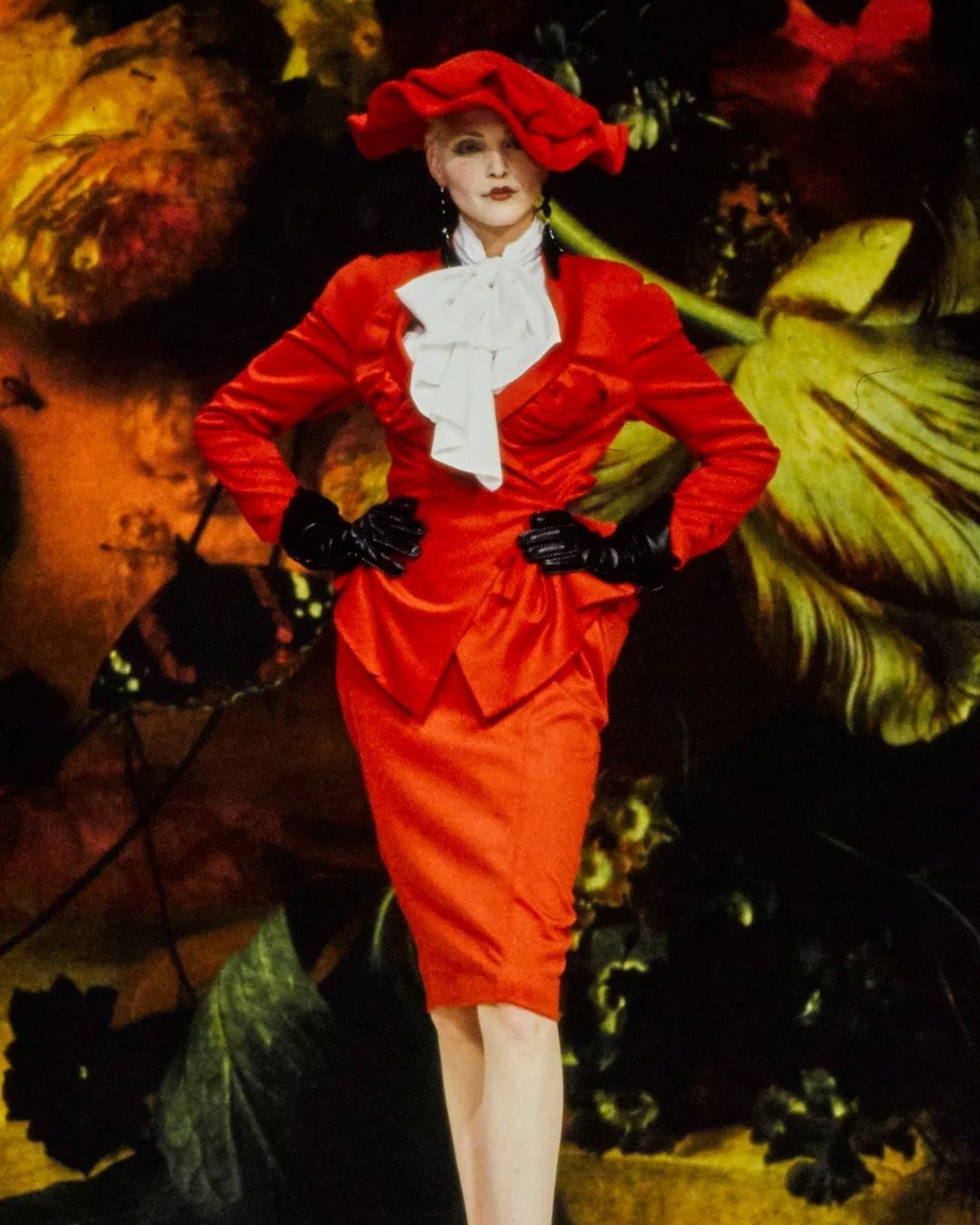
Burri's Grande Cretto The great saving power of art
The night between 14 and 15 January 1968 a violent earthquake of magnitude 6.4 affects the Valle del Belìce, a vast area of eastern Sicily between the provinces of Trapani, Agrigento and Palermo. The earth swallows 296 people, injures thousands of people and burns down the entire town of Gibellina. Slowly, between large contracts imposed by the high spheres and mafia infiltration, start the reconstruction work and the new nucleus of the town rises about 20 kilometers from its original site. The result is so bleak and amorphous to push the mayor, Ludovico Corrao, to ask for the intervention of the art world, in an attempt to give dignity to their land.
There are dozens of internationally renowned artists, writers and architects, such as Mario Schifano, Andrea Cascella, Pietro Consagra, Mimmo Paladino, Franco Purini, Arnaldo Pomodoro, Carla Accardi, Mimmo Rotella and Alberto Burri.
"When I went to visit the place, in Sicily, the new town was almost finished and was full of works. Here I do not do anything for sure, I said immediately, let's see where the old town stood." - tells the famous Umbrian years later, remembering the impact with the earthquake area - "It was almost twenty kilometers. I was really impressed. I almost felt like crying and immediately the idea came: here, I feel I could do something. I would do it this way: we compact the rubble that is so much a problem for everyone, we arm it well, and with the cement we make an immense white cretto, so that it remains a perennial memory of this event."
A huge 29-acre slab of concrete covering the streets and alleyways of the old town, with blocks of about one meter and sixty feet tall and each of two to three meters wide slits, which make this land art work one of the most extensive in the world. If, seen from above, the Grande Cretto appears like a labyrinth of concrete that embraces the side of the hill, in Burri's idea must have been a sort of freezing of the historical memory of a country, the incarnation of a profound human drama and a artistic bond between the old and the new, between the past and the present. Unfortunately, as the art critic Philippe Daverio recounts,
"The whole project has been the most brain and abstract plan that has ever been applied after an earthquake; the ambition was born to reinvent the country in a utopian way, but it did not work because those works of art were lowered without any sharing by the community of shepherds and peasants, the one that was Gibellina, who did not understand then and perhaps he does not understand them today». "What would man be without the breath of regenerating art?" is written on the façade of an abandoned building facing the Cretto, and both the work itself and the reactions to it make us ask loudly.










































